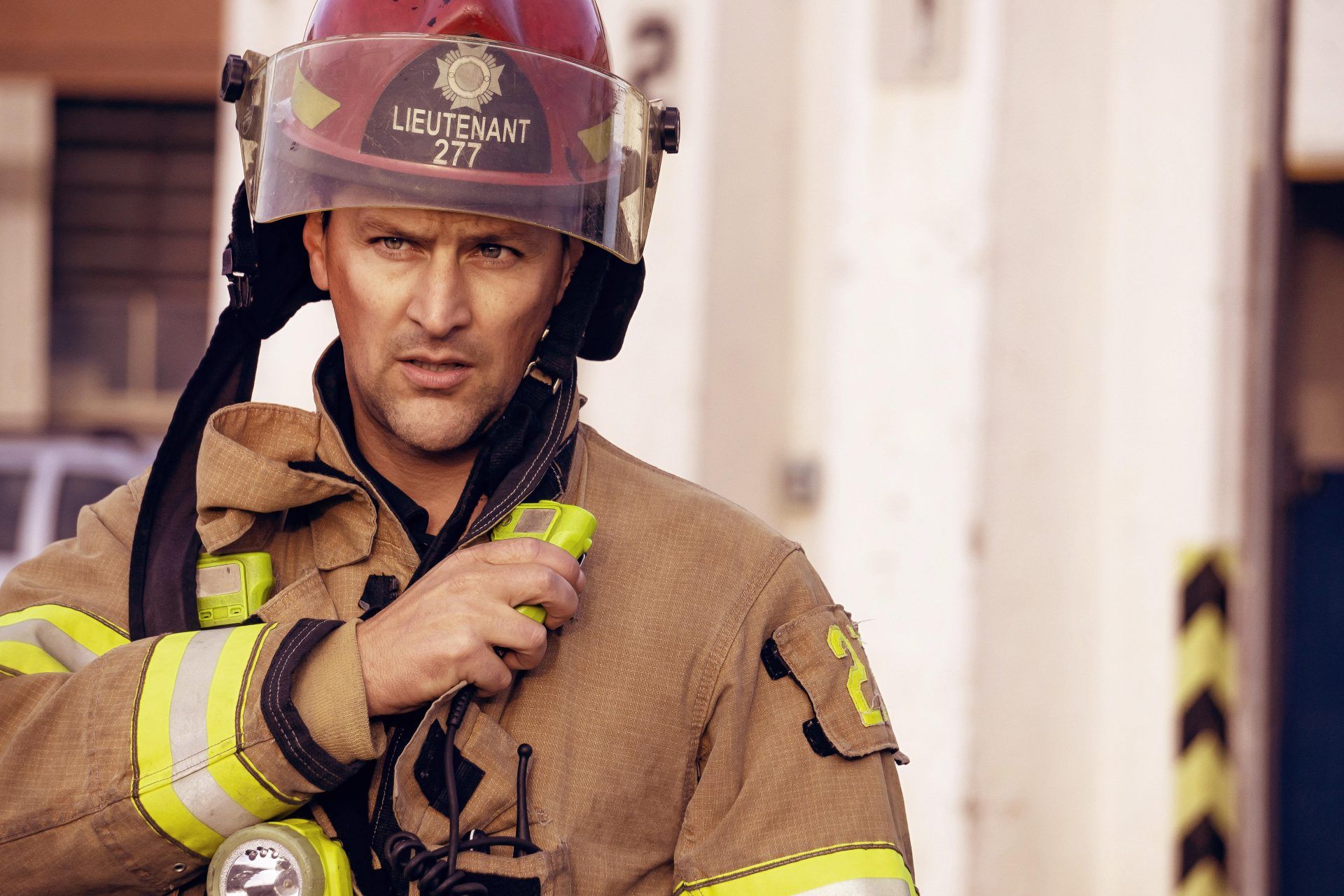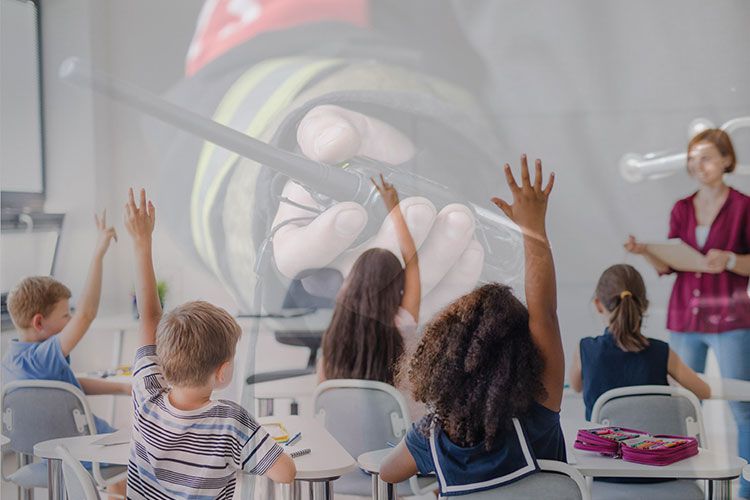Public Safety DAS uses Bi-Directional Amplifier technology that offers 2-way radio communication and enhances it via an antenna system. This way, first responders like the fire department and police officers can maintain communications during emergencies.
The Bi-Directional Amplifier system goes inside a building, receives signals from outside, and amplifies them internally using a signal booster. It then evenly distributes those signals for maximum coverage using Distributed Antenna System (DAS).
Public Safety Code Requirements:
IFC and NFPA codes are the widely used standards for public safety DAS, and most local authorities have adopted these. Therefore, it is imperative that your building and its installed public safety DAS system meets them. Let’s have a glance at these regulations:
- Signal Strength: The minimum signal strength according to IFC and NFPA should be -95 dBm for proper coverage.
- Wireless Coverage: According to NFPA; 99% wireless coverage is required in areas with ‘vital importance’ designated by the local fire department. Other areas can have 90% coverage.
- Equipment Safety: All public safety DAS equipment should be encased in NEMA-4 compliant enclosures.
- Fire Ratings: There must be a 2-hour fire rating for the cables connecting public safety DAS electronic equipment.
- Battery: There must be a 24-hour battery backup available for equipment supporting the public safety radio system.
- Antenna Isolation: There should be a 15 dB or higher antenna isolation than amplifier gain
Importance of Installing & Upgrading Public Safety DAS:
Recently, the State of Florida has passed deadlines that mandate the testing and compliance of the public safety DAS code for building owners. This will ensure first responders can communicate with each other clearly when dealing with emergencies and rescuing people. Buildings requiring public safety DAS include:
- Office buildings
- Retail centers and malls
- Parking areas and storage units
- High-rise buildings
- Hotels and restaurants
- College and school campuses
- Arenas and stadiums
- Transit centers like train stations and airports
According to the codes by NFPA and International Code Council, the building owner is responsible for having a reliable wireless connectivity system inside the building. And it must support all present and future frequencies for public safety.
TELECO Can Help With Its FirstNet Compatible Systems:
The nationwide high-speed broadband network, FirstNet is being implemented throughout the 50 states and is dedicated to public safety. This means all the public safety DAS systems need to be compatible with FirstNet in order to function optimally.
TELECO has fully tested and scalable systems that flawlessly work with FirstNet. Our systems are custom-designed to fit the needs of a building depending on its size, dead zones, local codes, and so on. Moreover, our systems comply with the ERRCS (Emergency Responder Radio Coverage Systems) to ensure there’s no loss of communication between the first responders in the event of an emergency.
The gist is, you can trust our engineers to install a DAS system that meets current laws and technology and is scalable enough to keep up with the advancements in the future.



